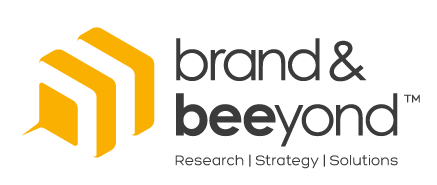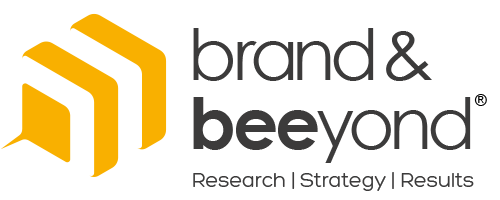
The Benefits of Digital Asset Management for Boosting Social Media Marketing
In today's digital age, social media has become an essential tool for companies to connect with their audience and market their products or services. Digital Asset Management (DAM) plays a crucial role in helping companies streamline their social media marketing efforts and maximize their impact.Remember, consistently providing valuable and relevant content is key to not only ranking well on Google, but also maintaining that position over time.
What is Digital Asset Management (DAM)?
Digital Asset Management involves the organization, storage, and distribution of digital assets such as images, videos, and other media files. DAM systems enable companies to efficiently manage their digital content and ensure that the right assets are available for use in various marketing channels, including social media.
Streamlined Content Organization
DAM systems provide a centralized repository for all digital assets, making it easier for marketing teams to locate and access the content they need for social media campaigns.
By categorizing and tagging assets, DAM simplifies the process of finding the right visuals or videos for specific social media platforms, thereby saving time and effort.
Consistent Branding and Messaging
With DAM, companies can maintain a cohesive brand identity across their social media channels by storing approved logos, brand guidelines, and other visual assets in one easily accessible location.
This ensures that all social media content aligns with the brand’s guidelines, leading to a consistent and professional online presence.
Workflow Efficiency and Collaboration
DAM systems facilitate seamless collaboration among marketing teams, allowing them to work together on creating and approving content for social media.
By providing version control and approval workflows, DAM ensures that only the most up-to-date and approved content is published on social media platforms.
Rights Management and Compliance
Through DAM, companies can track the usage rights and licenses for their digital assets, reducing the risk of inadvertently using copyrighted or unauthorized content in social media posts.
This helps companies maintain legal compliance and avoid potential legal issues related to the use of digital assets in their social media marketing efforts.
Conclusion:
In conclusion, Digital Asset Management plays a pivotal role in empowering companies to enhance their social media marketing strategies. By streamlining content organization, ensuring consistent branding, improving workflow efficiency, and managing rights and compliance, DAM enables companies to effectively leverage their digital assets for impactful social media campaigns. Remember, consistently providing valuable and relevant content is key to not only ranking well on Google, but also maintaining that position over time.





